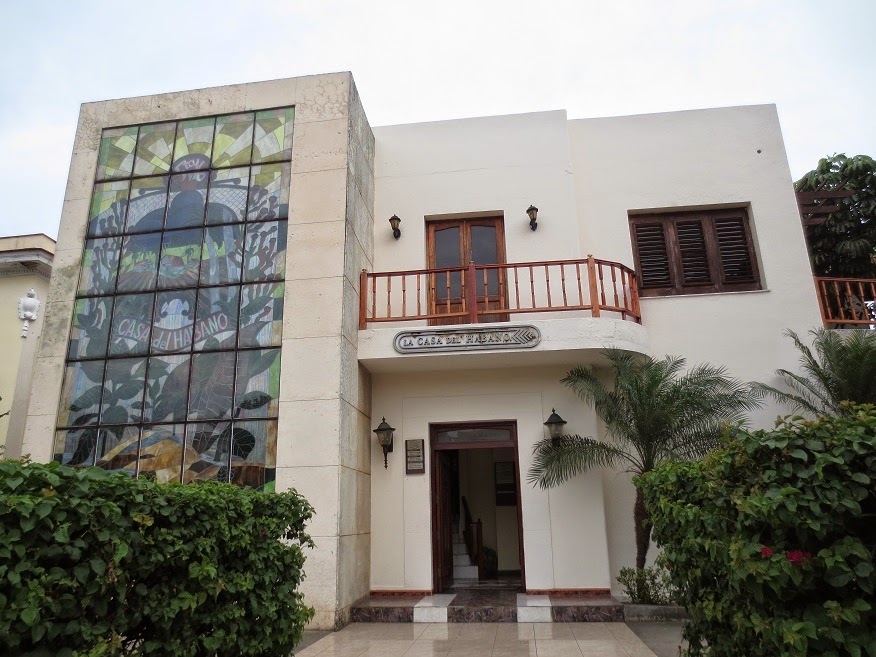Although I'm fully aware, this Blog has never been about Politics and will continue to be that way. However, Due to a recent development in Cuba-US relations, the question about Americans Travelling to Cuba has been in the forefront.
Below is a list of the current Eligible Traveler's for Americans going to Cuba:
(1) Family visits
(2) Official business of the U.S. government, foreign governments, and certain intergovernmental organizations
(3) Journalistic activity
(4) Professional research and professional meetings
(5) Educational activities
(6) Religious activities
(7) Public performances, clinics, workshops, athletic and other competitions, and exhibitions
(8) Support for the Cuban people
(9) Humanitarian projects
(10) Activities of private foundations or research or educational institutes
(11) Exportation, importation, or transmission of information or information materials
(12) Certain export transactions that may be considered for authorization under existing regulations and guidelines.
And most importantly....
The per diem rate previously imposed on authorized travelers will no longer apply, and there is no specific dollar limit on authorized expenses. Authorized travelers will be allowed to engage in transactions ordinarily incident to travel within Cuba, including payment of living expenses and the acquisition in Cuba of goods for personal consumption there.
Additionally, travelers will now be allowed to use U.S. credit and debit cards in Cuba.
Also....
Importation of Goods:
Authorized U.S. travelers to Cuba will be allowed to import up to $400 worth of goods acquired in Cuba for personal use. This includes no more than $100 of alcohol or tobacco products.
Below is a list of the current Eligible Traveler's for Americans going to Cuba:
(1) Family visits
(2) Official business of the U.S. government, foreign governments, and certain intergovernmental organizations
(3) Journalistic activity
(4) Professional research and professional meetings
(5) Educational activities
(6) Religious activities
(7) Public performances, clinics, workshops, athletic and other competitions, and exhibitions
(8) Support for the Cuban people
(9) Humanitarian projects
(10) Activities of private foundations or research or educational institutes
(11) Exportation, importation, or transmission of information or information materials
(12) Certain export transactions that may be considered for authorization under existing regulations and guidelines.
And most importantly....
The per diem rate previously imposed on authorized travelers will no longer apply, and there is no specific dollar limit on authorized expenses. Authorized travelers will be allowed to engage in transactions ordinarily incident to travel within Cuba, including payment of living expenses and the acquisition in Cuba of goods for personal consumption there.
Additionally, travelers will now be allowed to use U.S. credit and debit cards in Cuba.
Also....
Importation of Goods:
Authorized U.S. travelers to Cuba will be allowed to import up to $400 worth of goods acquired in Cuba for personal use. This includes no more than $100 of alcohol or tobacco products.
Cut & Paste the Link below for Newspaper Article:
http://news.nationalpost.com/2015/01/15/the-restrictions-for-americans-travelling-to-cuba-still-exist-but-now-they-mostly-work-on-the-honour-system/
Which brings me to the next part of this post....
As interest in Cuba by Americans has escalated, so has the interest in Cuban Cigars by Americans. In the past, many of my US readers have cried to me over the fact that they couldn't legally visit Cuba and how much they would love to go over there on a Cigar Vacation, maybe tag along on one of my trips.
Well, the time has come Aficionados, and there's none better than the present, before everyone has seen it or before it becomes overrun with people just like yourselves. I will be leading a Cuban Cigar Journey for Other Cuban Journeys LLC, an OFAC licensed People to People organization that has been bringing groups to Cuba for the last 14 years! This Cigar Journey will be filled with visits to many venues and sites that you have seen in my photographs. The week of the trip coincides with the week that the Enceuentro Amigos de Partagas is being held and there will be an opportunity to partake in a couple of the events. The date we're talking about is November 16-22, 2015 and it promises to be filled with activities both related to Cigars and Culture of the Cuban people. Unfortunately, space will be limited and there is a deadline to sign up, April 1. For any specific details, please contact me privately. Below are pictures of what the week's Tour may look like:
PS......did you know that US citizens can now bring back $100 worth of cigars from Cuba with them for personal consumption? It's a great time for cigar aficionados to go and spend time and money in Cuba and bring back $100 of cigars!!!!
Plaza de La Revolucion (Havana)
Partagas (Habana Vieja)
Partagas Cigar Shop during the Encuentro week
La China (house roller) at the Partagas Store in Havana
El Malecon (Havana)
El Capitolio (Habana Vieja)
Parque de La Fraternidad (Habana Vieja)
Reynaldo (master roller) Conde de Villanueva lcdh (Habana Vieja)
Jorge (house roller) at the Conde de Villanueva lcdh (Habana Vieja)
Conde de Villanueva lcdh (Habana Vieja)
Hotel Nacional (Havana)
Entrance to the Robaina Farm (Pinar del Rio)
Lunch Table on the Robaina Farm
Curing Barn
Vinales Valley (Pinar del Rio)
The Mogotes of Pinar del Rio
Vinales (Pinar del Rio)
H.Upmann Factory
Club Havana (or what used to be the Havana Biltmore Yacht & Country Club)
Club Havana lcdh (Havana)
Jorge (house roller) at the Club Havana lcdh (Havana)
Jose Fuster (cuban artist) Art Gallery, Studio & House
Encuentro Amigos de Partagas
Encuentro Amigos de Partagas
Juanita at the Hotel Melia Cohiba lcdh (Havana)
Hotel Melia Cohiba lcdh (Havana)
Cerveceria Antiguo Almacen (beer parlor) Havana
Havana Club Rum Museum
5ta y 16 lcdh (Havana)
Carlos Robaina at the 5ta y 16 lcdh (Havana)
Cesar Lopez (one of the best Jazz musicians on the island)
Alex (house roller) Hotel Comodoro
Plaza San Francisco (Habana Vieja)
El Capitolio (Habana Vieja)
Custom Roll Cigars
Encuentro Amigos de Partagas









































































